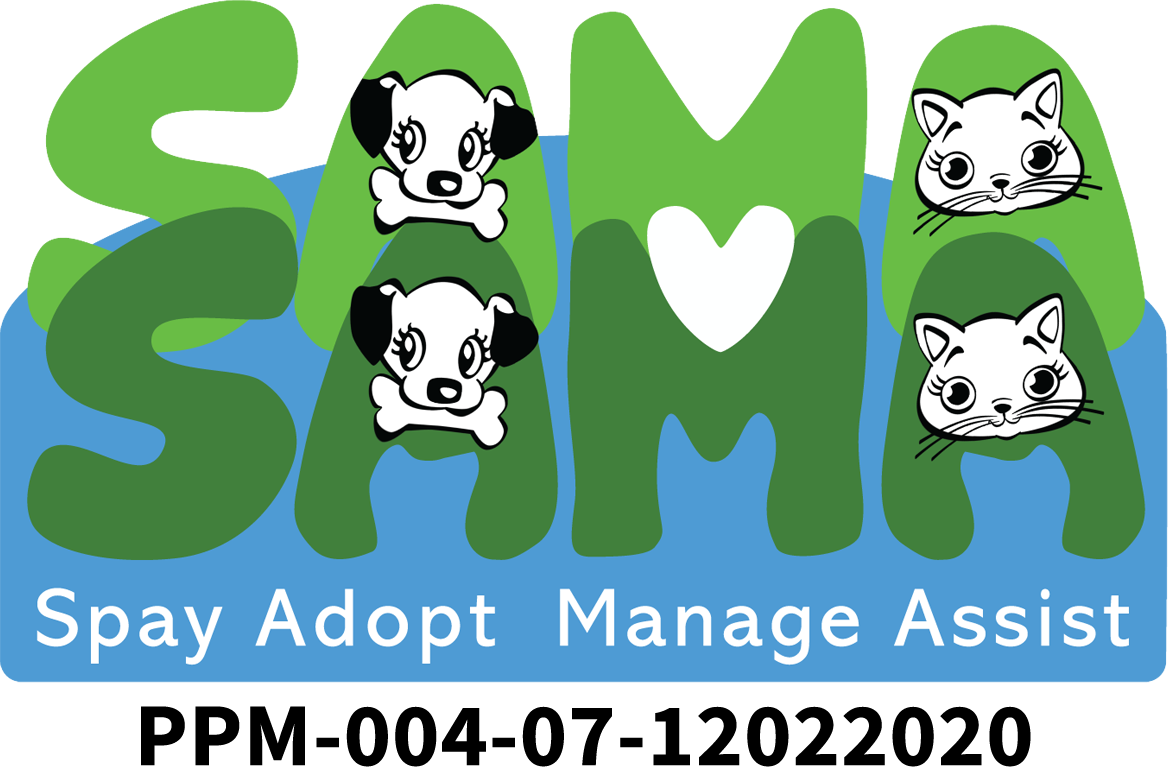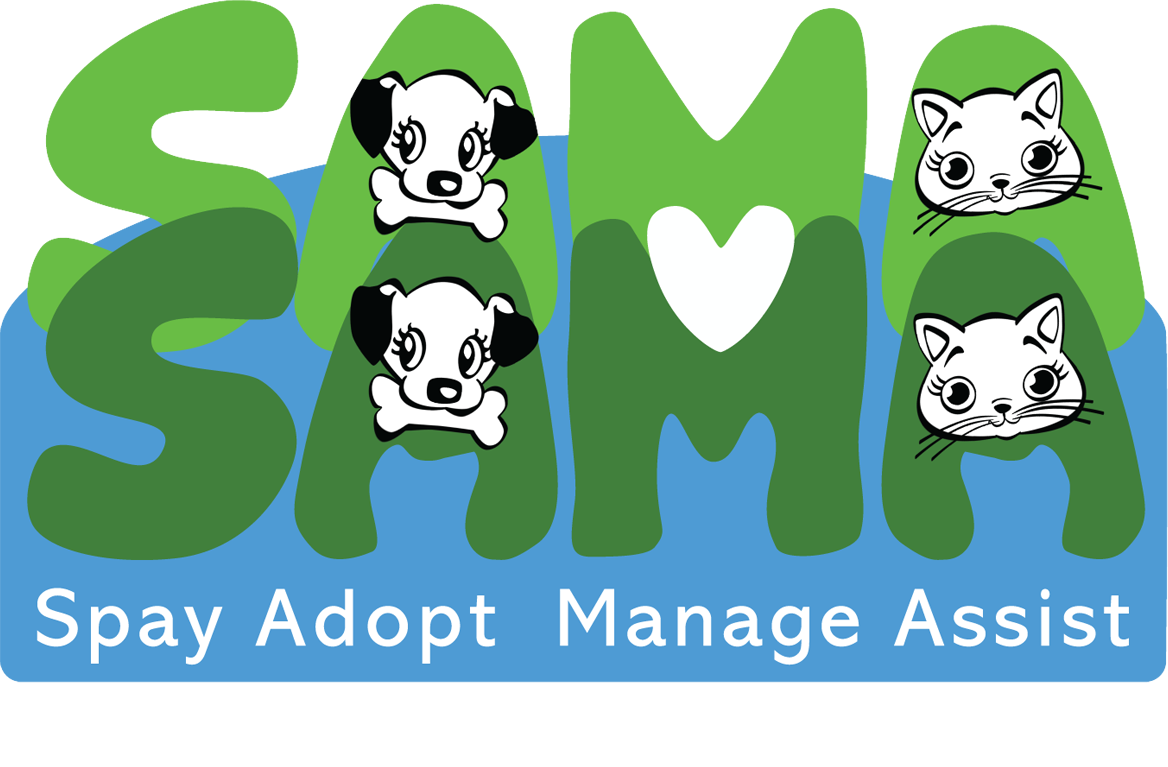Community Cat Condo TNR Guide
Community Cat Condo Guide
The following is a guide to humanely deal with issues relating to community cats living onsite and in the vicinity of your Condominium.

Goals
Create effective, long-term, humane solutions to control the population of community cats living in condos (and also development sites, factories, workplaces, schools, temples etc) and surrounding areas and gradually reduce their population over time.
Prevent breeding in the vicinity.
Minimize nuisance behaviour.
Address any issues that residents may have pertaining to the cats and create customised, humane solutions.
Promote safe, peaceful coexistence of humans/residents and community cats.
Action steps required and expected results:
1. Implement a Trap-Neuter-Return (TNR) programme, and create a perimeter barrier of TNR’d cats.
A. Perform TNR on cats in immediate area and around a wide perimeter to create a buffer zone. TNR is effective since it stops the cat population’s growth.
Because cats are territorial, the sterilized cats that live in and around the property keep other cats from entering the area, thus preventing the property from being overrun with cats. Eventually the population of cats will decline naturally over time.
Methods and Logistics
The hardest part will be to catch the cats! Due to cats being fast, nimble, can jump and terrify easily, the best way to catch them is through trust. It is essential to have a friendly environment and an area for them in which to feel safe.
It is the feeder or resident who knows them best who should gently lure them until finally they can be humanely caught.
(To terrify a cat into submission does more harm than good and can cause stress related viruses and disease)
B. Keep track of each cat with a cat census that provides details on each cat including community cat population decline.
2. Prevent kittens from being born in the vicinity through TNR and Adoption programmes.
A. Cat team/feeder/rep working with SAMA can keep track of any pregnant mothers.
If any are identified first step would be to look for foster families within the condo to take care of them under the guidance of SAMA and put the kittens and mothers up for adoption through SAMA Transpawmers Adoption programme.
B. Have relevant avenues available where any residents who wish to foster the pregnant mothers may volunteer.
Perhaps allowing notices in lifts or on notice boards with a contact number for those who wish to foster or adopt.
C. Vaccinate and neuter the mother and kittens in the adoption programme at the appropriate times, SAMA adoption team can help keep records.
3. Minimize nuisance behaviour through TNR and by encouraging residents or feeders to feed the cats in defined areas.
A. Common nuisance behaviours, such as yowling during mating, can be eliminated by neutering all the cats.
B. The cat team/feeder/condo rep, working with SAMA will identify and educate cat feeders where to feed the community cats.
C. The team will also launch an outreach effort in the form of a message to residents – to be submitted to the MC for approval – to encourage residents and their guests to feed the cats in the appropriately defined areas. (More on this in point 5, below).
D. The cat team will work with MC to talk to the cleaning staff and security guards about how to humanely discourage community cats tha are exhibiting nuisance behaviours. (For example: cats sleeping on car roofs can be safely and harmlessly shoed away by the cleaning staff going close to them and waving them away, stomping their feet or gently shoo shooing them away from unwanted areas, even luring with dry food if they are very friendly.)
It is most often that the unneutered males will spray and make areas smelly, TNR can prevent this if done early enough.
E. Note: a common misconception is that if you stop feeding cats, they’ll go away. No! Scientific studies have shown that feeding bans DO NOT work to get rid of cats as they are very territorial. Instead, feeding bans make it worse!
As they become more and more hungry they become braver in their desperate search for food in order to survive and not starve to death on the property. So not feeding animals actually increases nuisance behaviour, it doesn’t make the cats go away. They start rummaging through dustbins and making a mess. If they knew there was a regular source of food, they would not need to do this.
In addition to feeding bans being ineffective, they are cruel, inhumane and heartless and unenforceable on public property.
F. If the management and residents decide to rid the condo of all cats. What will happen very quickly is a vacuum which will fill up very quickly with other stray cats from nearby who are aware this is a place where cats can live.
These cats will unlikely be neutered, most likely be more feral than the ones they replaced and harder to catch. We have witnessed very recently a friendly resident female spayed cat removed and the very next day a fierce male cat swooped in to take her place.
4. Any cat-related complaints
Any cat-related complaints could be directed to the condo rep for this project and with the advice of SAMA we can work one-on-one with residents to create customized humane solutions for any issues they may have. It’s up to the MC to decide how they wish to address the issue of complaints. All complaints and solutions should be logged.
5. Program updates
The cat team/feeder/rep working with SAMA can inform the residents of the initial programme and regularly send updates, in the form of WhatsApp messages or emails, which will be submitted to the MC for approval.
This will keep residents in the loop of a work in progress, the TNR programme, the efforts undertaken, the current situation and desired results and details of how they can support these efforts and minimize cat interactions. This will help ensure the peaceful, safe coexistence of residents and the community cats.







